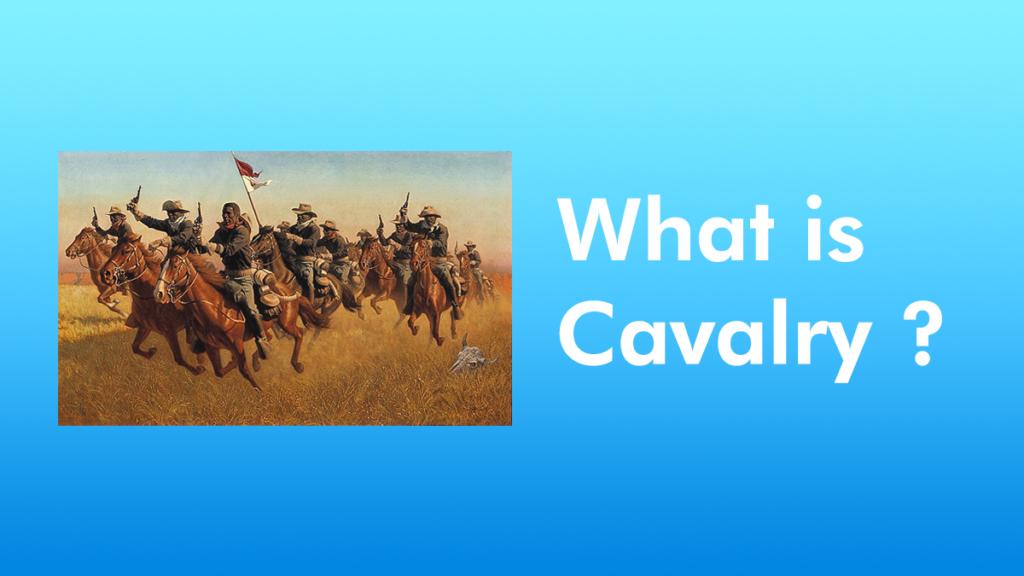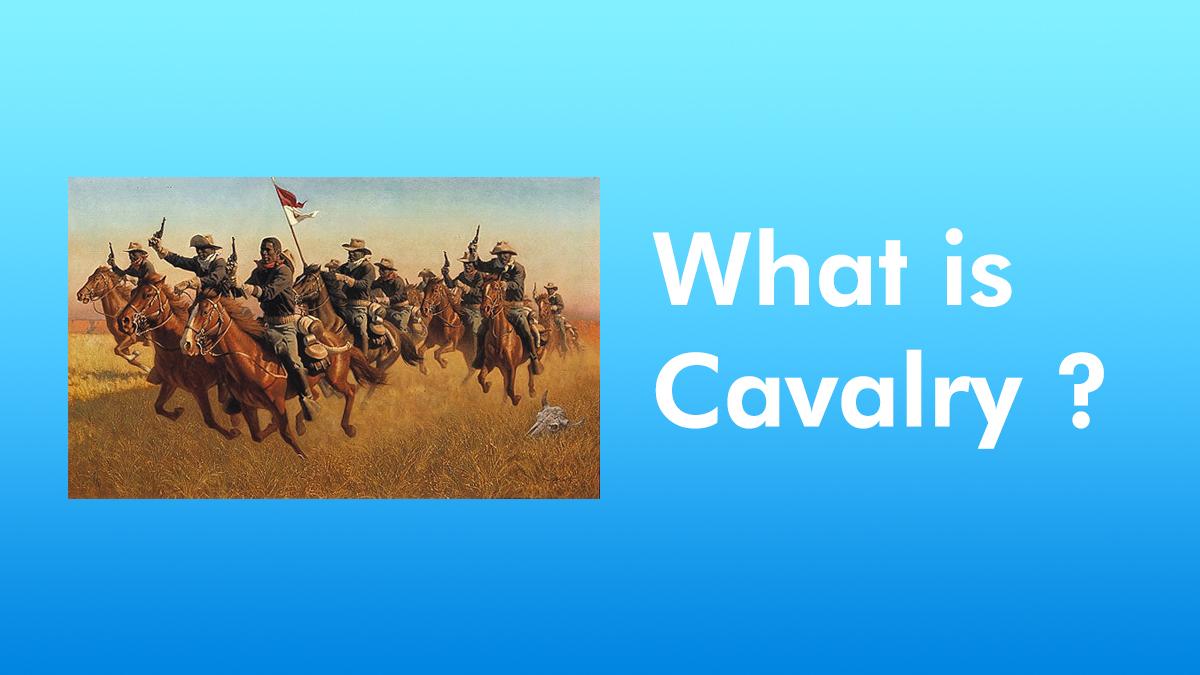Throughout history, cavalry units have played a defining role in shaping the course of warfare and civilization. From ancient empires to modern mechanized armies, cavalry units have consistently been at the forefront of innovation in tactics, strategy, and military technology. This blog delves into the evolution of cavalry, their significance across different historical periods, and their impact on modern military practices.
1. The Origins of Cavalry: Ancient Beginnings
The concept of cavalry emerged with the domestication of horses around 4,000 years ago. The nomadic tribes of Central Asia, particularly the Scythians, were among the first known groups to use horses in warfare, adopting mounted archery tactics that allowed them to strike quickly and retreat swiftly, baffling their enemies. The use of horses in warfare spread, becoming an integral part of armies across Mesopotamia, Persia, and Greece.

In ancient warfare, mounted units served primarily for reconnaissance and flanking maneuvers rather than direct combat. However, as tactics evolved, so did the role of cavalry, allowing horse-mounted units to deliver significant blows in battles and even take on heavily armed infantry. The ancient Greeks, particularly under Alexander the Great, demonstrated the effectiveness of cavalry units in battle. Alexander’s companion cavalry, the Hetairoi, played a pivotal role in many of his victories by using speed and precision to exploit weaknesses in enemy lines, proving that a well-trained cavalry could be the key to military success.
2. The Rise of Cavalry in Medieval Warfare
The Middle Ages saw the cavalry reach the height of its power, particularly with the rise of the mounted knight. Armored knights became a symbol of nobility and strength, armed with lances, swords, and shields, and often clad in heavy armor that provided protection and intimidation. Feudal lords and monarchs invested heavily in training and equipping knights, who were not only the backbone of medieval armies but also held social and political significance.
In battle, the cavalry charge became a dominant tactic. This tactic involved heavy cavalry—usually knights on warhorses—riding at full speed toward enemy lines, relying on momentum and the shock of impact to break infantry formations. The power of a cavalry charge was so potent that entire battles could be won if it successfully broke the enemy’s line. The Battle of Hastings in 1066, where William the Conqueror used cavalry to outmaneuver the Anglo-Saxon forces, is a prime example of cavalry’s impact in medieval warfare.
However, cavalry had its limitations. Heavily armored knights were vulnerable to long-range weapons, such as longbows, and tactics evolved to counter the cavalry charge. Infantry formations equipped with pikes or stakes, designed to disrupt cavalry charges, became more prevalent. The Battle of Agincourt in 1415 demonstrated this shift when English longbowmen devastated the heavily armored French cavalry.
3. The Cavalry in the Early Modern Period
The invention of gunpowder and firearms in the early modern period began to change the nature of warfare, gradually diminishing the effectiveness of traditional cavalry. Musketeers and artillery became the primary focus of armies, as firearms allowed soldiers to engage enemies from a distance. However, cavalry still had a role in the battlefield, especially as light cavalry, which was less heavily armored and relied on speed and maneuverability.
In this period, cavalry units were often divided into two primary types: heavy and light. Heavy cavalry remained on the battlefield, usually to perform decisive charges or pursue retreating enemies. Light cavalry, on the other hand, was used for skirmishing, scouting, and raiding supply lines, leveraging their speed and mobility. The Hussars, originating in Eastern Europe, became known for their highly mobile, effective light cavalry tactics, which were widely adopted across Europe.
Cavalry units also took on a more varied role during the Napoleonic Wars in the early 19th century. Napoleon Bonaparte’s Grande Armée included several types of cavalry, such as dragoons, lancers, and cuirassiers, each with distinct roles. Napoleon’s cavalry was instrumental in many of his victories, utilizing a combination of speed, flexibility, and shock impact. The Battle of Austerlitz in 1805 showcased the effectiveness of combined arms tactics, where Napoleon’s cavalry worked alongside infantry and artillery to rout the Austro-Russian forces.
4. Decline of Traditional Cavalry with Industrialization
The Industrial Revolution and advances in firearm technology during the 19th and 20th centuries marked the gradual decline of traditional cavalry. Rifles with greater range, accuracy, and faster reload times made it increasingly difficult for cavalry to charge infantry without suffering heavy losses. The American Civil War demonstrated the vulnerability of traditional cavalry against entrenched riflemen and artillery.
World War I further cemented the end of the traditional cavalry charge. The development of trench warfare, barbed wire, and machine guns made it nearly impossible for cavalry to function effectively in their traditional role. While horses were still used for transport and reconnaissance, cavalry units were largely phased out from front-line combat.
5. The Emergence of Mechanized Cavalry in the 20th Century
The decline of horse-mounted cavalry led to the development of mechanized cavalry, a transformation that preserved the core principles of speed and mobility but adapted them to modern warfare. Tanks, armored cars, and aircraft became the new “horses” of the military. The British Mark I tank, introduced in 1916 during World War I, was among the first mechanized cavalry vehicles, designed to overcome the challenges posed by trench warfare.
During World War II, mechanized cavalry, particularly armored divisions, became central to military tactics. Germany’s Blitzkrieg, or “lightning war,” was a prime example of mechanized cavalry in action, using tanks and armored vehicles to quickly penetrate enemy defenses and encircle opposing forces. This approach was highly effective in the early stages of the war, enabling rapid German advances across Europe.
Today, cavalry units in modern armies consist primarily of armored vehicles and helicopters, combining speed and firepower with advanced technology. Armored cavalry, including tanks and infantry fighting vehicles, serves as a core component of modern military doctrine, used in both offensive and defensive roles. Air cavalry, primarily helicopter units, provides even greater mobility and is used for quick insertion, extraction, and support in a variety of terrains.
6. The Legacy and Significance of Cavalry Today
Although traditional horse-mounted cavalry is no longer a feature of modern warfare, its influence endures. The principles of speed, mobility, and shock—fundamental to cavalry throughout history—remain integral to modern military tactics. Mechanized and air cavalry units still embody these values, serving critical roles in reconnaissance, rapid deployment, and striking force.
Furthermore, cavalry units hold a significant place in cultural memory. Many military regiments around the world maintain cavalry traditions and rituals, reflecting a deep respect for the history and heroism associated with these forces. Military parades, ceremonial units, and historic reenactments often feature cavalry, celebrating their contribution to military heritage.
Conclusion
The history of cavalry is a testament to humanity’s innovation in warfare, showcasing a remarkable evolution from horse-mounted warriors to advanced mechanized units. Across centuries, cavalry forces adapted to technological advances and changing battlefields, leaving an indelible mark on military history. While traditional cavalry may no longer dominate the battlefield, the enduring principles of speed, maneuverability, and decisive impact that characterized cavalry continue to shape modern warfare. In this way, the legacy of the cavalry remains alive, woven into the fabric of military strategy and culture worldwide.




